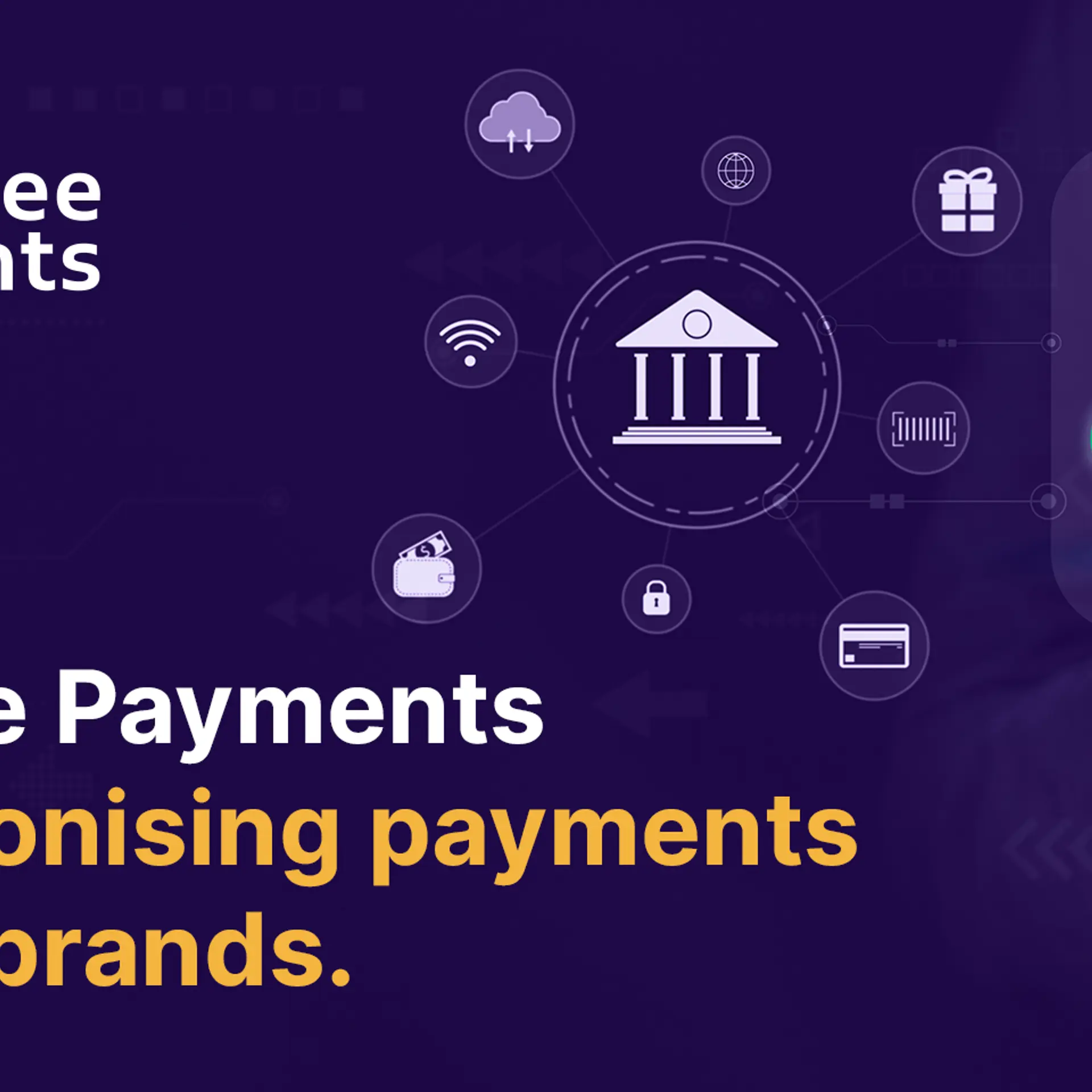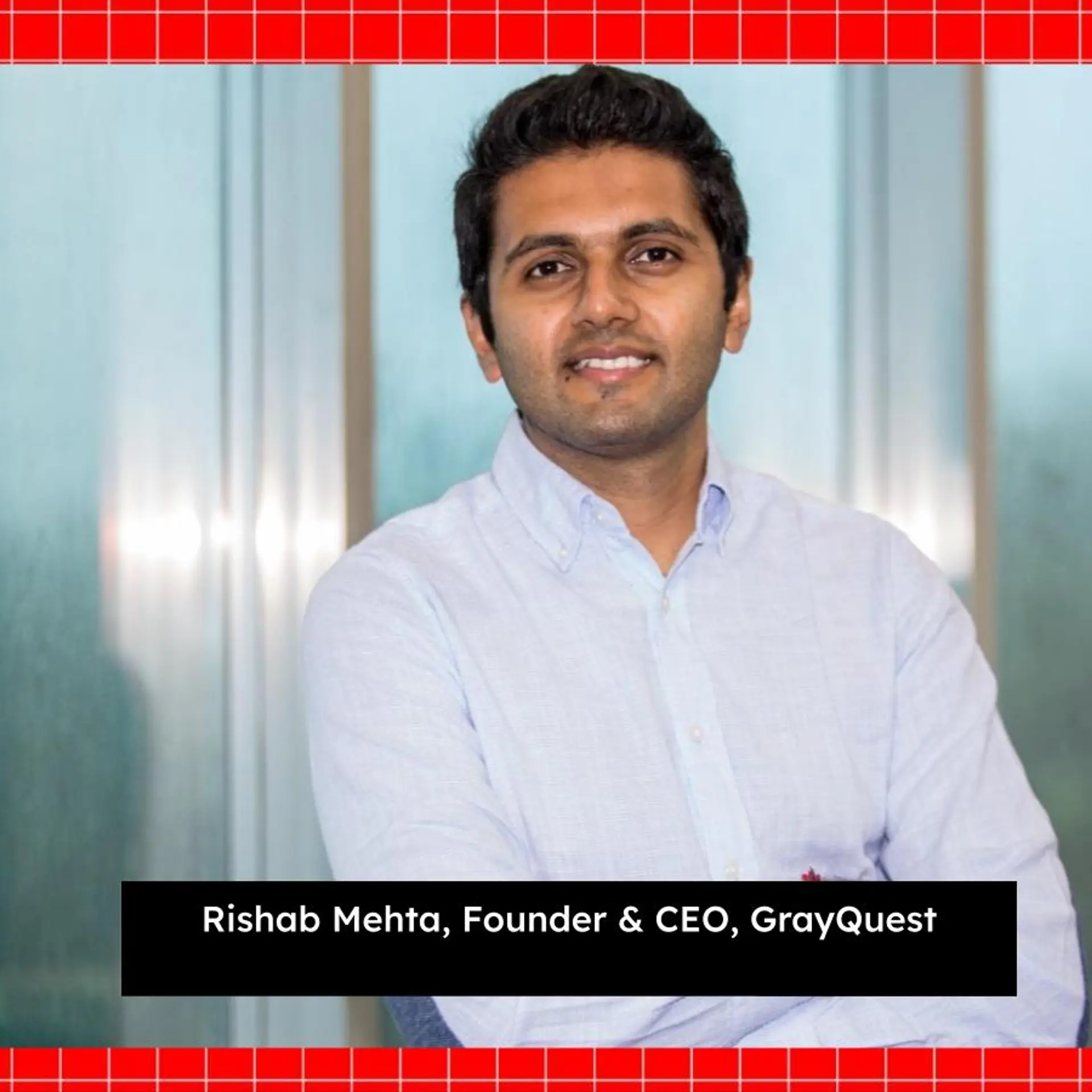[Techie Tuesday] Meet Neeraj Jhanji, the man who sold patents of status updates, news feed to Facebook
In this week’s Techie Tuesday, we feature Neeraj Jhanji who built the first social media feed website and later went on to sell the patents to Facebook.
Much before we came across status updates and check-in options on Facebook, a mobile social network called ImaHima could send users status and location updates via mobile phones way back in 1999.
The brain behind this technology, Neeraj Jhanji, says he was always looking to build the next big thing, an idea that could change the world. Facebook acquired the patents for check-ins and status updates from Neeraj in 2013.
A hardcore techie, Neeraj would tinker around with gadgets right from his childhood. But his love for coding and computers led him to build products way ahead of their time.
While it has been a long and arduous journey, Neeraj says, it was the love for technology that kept him going despite the challenges.
“It also taught me the importance of patents and why it is important to file them early on. It is something that I want to help techies and Indian startups,” says Neeraj.
Here’s an account of Neeraj’s journey where he talks about his claim to fame – ImaHima, and about the importance of filing for patents early.

Neeraj Jhanji
The age of tinkering
Born in New Delhi, Neeraj’s father was an electrical engineer, and his love for engineering was deeply instilled by his father.
At the age of 10, Neeraj recalls tinkering with his mother’s watch out of curiosity, and when he messed it up, he would go to the watch repairer and start tinkering and working with him. It was then that he developed an interest in soldering and electronics, and ended up reassembling bicycles, made a video game, and also had a mini workshop.
In 1985, when he was in high school, Neeraj recalls his cousin showing him a laptop for the first time. A few years later, when his school set up a computer lab and offered programming classes, needless to say, Neeraj was very fascinated.
This love for computers also made him interested in studying the subject when he joined Delhi College of Engineering in 1989, but he had to opt for electrical engineering. He also applied for universities in the US, but his dreams were shattered when he didn’t get the visa.
Neeraj says: “I wasn’t enjoying engineering and I wanted to go abroad and do computers. It was then that I enrolled for an NIIT evening course for two years,” says Neeraj.

The American dream
After college, Neeraj joined Siemens in 1993. But soon he got an opportunity to work for Tata Unisys in Noida. However, Neeraj didn’t give up on his American dream.
But, as luck would have it, he soon came across an ad from Japanese company Fujitsu that was giving a $60,000 scholarship to one Indian for an MBA in Hawaii. Although Neeraj was keen on applying for an Ivy League college, he went to the Fujitsu office in India to get the application form. But Neeraj was refused the form as he did not have enough work experience.
Neeraj recalls: “As I was leaving the office, there was a shift, and another person came in. I went back in to give it a second shot, and this time I got the form.”
Ticket to MBA
Unfortunately, during this time, Neeraj’s father passed away. However, despite the sudden turn of events, Neeraj was hopeful that he would get a ticket.
Although he had done well in the interview, he was the second choice. Fujitsu had shortlisted an IIT graduate, but since they were also impressed with Neeraj, they decided to give him half scholarship.
“Since my father had just passed away, we couldn’t afford it. But I got a call a week later saying the IIT engineer had refused the scholarship, and it was passed on to me,” says Neeraj.
Neeraj travelled to the US in 1994. He says it was an interesting time to go to the US as it was the time the internet was growing.
The birth of digital era
This was Neeraj’s first tryst with computers and the internet, and he saw the transformation the internet was bringing in. “It was also the time of dial-in modems, and there was no Google, Facebook, Twitter, or even Yahoo,” says Neeraj.
But his stint in the US was very short. After college, Neeraj went to Tokyo, Japan, for an internship at Accenture. He says, part of his job was to make new discoveries and get an understanding of what was happening in the internet industry. He saw the rise of AOL, Netscape, and Yahoo, and the future looked promising.
In his first year, he flew to the Silicon Valley 13 times to interview entrepreneurs and witnessed the emergence of a new digital era. It was also the time many internet giants were born in the Silicon Valley.
“It was an infectious time and I wanted to startup. Many of my friends were starting up, and I would tinker around and help them pro bono,” says Neeraj.

ImaHima, early screen
Building newsfeeds and status updates
It was the year 1999, and Neeraj started learning new computer languages and app building. One Saturday afternoon, while walking around the neighbourhood in Tokyo, Neeraj wondered if there were any of his friends at a restaurant or mall nearby.
“I remember taking out my phone and wondering - all phones work on similar technology. It will have information about my location, my friends, and my girlfriend’s location. So why doesn’t it just tell me? It was my epiphany and it was the insight that would lead to social media in the next two decades,” says Neeraj.
This gave birth to the idea of newsfeed and status updates using mobile phones, which eventually led him to start work on ImaHima.
While he was tinkering with the idea of ImaHima, his girlfriend broke up with him. “I was frustrated with my job. I felt there was nothing to lose and resigned in a few days,” says Neeraj.
Neeraj took loan from his friends, borrowed an iMac, and decided to startup. “I didn’t know much about patents then. I spoke to a friend in the US who introduced me to a lawyer. I went to the US and told the lawyer about my idea and he told me not to launch the app till my patents were filed. I wanted to launch it on my 28th birthday,” says Neeraj.
Filing for patents early
After filing the patents on December 14, 1999, Neeraj launched ImaHima on December 15. But building a product in 1999 wasn’t simple.
“I tried to find a co-founder, but didn’t find anyone. A friend of mine helped and showed me the way, and I started coding. It was an MVP and was quite broken. If you did a search, there was no page navigation and everything was in one place,” says Neeraj. But it was working on the mobile phone and it was a mobile web app.
The next step was to get users. “I printed stickers and went to the busiest area in Japan and engaged in conversations, but people weren’t interested,” he recalls.
Getting more users
In the late 90s, NTT DoCoMo had launched a phone - iMode - it could access the internet at a slow speed, and would send and receive emails. It was a tiny numeric keypad and didn’t have GPS or a touchscreen.
“But very few people had that phone, which meant I needed a different marketing strategy. They were three carriers and I went to them and asked if there was a way I could get the assigned phone numbers. When people would get the numbers, they would also get a default email address and domain name. If I knew the phone number sequence that was being released that week, I could probably predict the email address of the phone.”
“I created a random number generator like a spam program. Using the sequence that was being issued in the market, I generated thousands of combinations. I appended the domain name of different carriers and started to send out email pitches,” explains Neeraj.
This is when the service picked up, and in 14 days, there were over 10,000 users. Soon, people started taking notice.
A product ahead of its time
Neeraj says, “When people understood this social interaction, which was all about communication and more powerful than calling or sending an SMS, there was a lot of media interest.”
It was the early 2000s when AOL contacted ImaHima. Neeraj says, he was soon able to rope in the co-founder he was always looking for. “I had gone to Accenture to complete my formalities when Yoshiatsu Kitagawa, my former boss, asked me what I was doing. I told him about ImaHima, and that evening he came home and joined as the co-founder,” says Neeraj.
In 2000, the company raised $4 million from AOL-Time Warner, a VC firm; and a bank.
But ImaHima was way ahead of its time. There were only one million people with internet phones, and there was no data connectivity. The network was slow and there was no concept of user privacy and location sharing. So, in 2001, Neeraj built ImaHima Chat.
“It was the ancestor of WhatsApp. I wanted to build a chat and I needed dynamic technology. Web technology for chat would be pointless because you have to keep refreshing,” says Neeraj.
By then, AOL had rolled out AOL Instant Messenger - desktop version. “When they saw ImaHima Chat, they realised it was an AOL instant messenger on mobile. We did a deal and I licensed my technology to them. It was called iMessenger. It allows you to chat on mobile phones with other mobile or desktop users,” says Neeraj.
Working on collaborations
Neeraj’s products were way ahead of their time. Around 2003, he started dabbling with online social gaming, and got the game - Habbo from Finland to Japan, and built a payment engine called PayMe.
“We were using Atlassian’s JIRA confluence. I told the sales guy I would like to buy a licence, and also told them why they don't think about localising it to Japan. A week later, the CEO called and asked if we could partner to bring Atlassian to Japan,” says Neeraj. Soon, ImaHima got Atlassian to Japan, and got Yahoo and Lehman Brothers as clients.
Neeraj says, “By 2009, I had spent 15 years in Japan, and I felt that my growth was slowing down. I wanted to go to a different country. I didn’t want to go to the US, and so, I went to Stockholm for a few months.” But it didn’t suit him, and Neeraj went back to Japan in a year.

Selling the patents to Facebook
Neeraj realised that his patents for status update and news feed were useful as a lot of companies like Facebook and Twitter were using it. It was then that Neeraj realised the importance of his patents he had filed for in 1999. He went to the US to get the legalities sorted.
“Between 2011 and 2013 was an intense period in my life. I was involved in complex legal and financial negotiations with these big Silicon Valley companies. I had a few initial hiccups, but eventually I worked my way around. It was then I realised that we all have immense possibilities within us, and we can rise to the occasion,” says Neeraj.
He adds, even if ImaHima was ahead of its time and couldn’t give him the emotional outcome he was looking for, it definitely gave him a financial outcome.
After selling his patents to Facebook in 2013, Neeraj started a company called Tinker in Singapore. The startup started working on a product called NearNet - a proximity network instead of a cloud-based internet network. Later, he built Elo, a hyperlocal people discovery platform. The technology is useful for contact tracing.
“I am at a stage in my life, and I can continue with my innovation and create companies. It made me realise that patents are complex, and people don’t understand it, but I am glad I filed it. These are some of the experiences I want to share with Indian entrepreneurs in knowing whom to trust, building a network in the Valley, navigating the legal framework, and even navigate the business in Japan,” says Neeraj.
Edited by Megha Reddy


![[Techie Tuesday] Meet Neeraj Jhanji, the man who sold patents of status updates, news feed to Facebook](https://images.yourstory.com/cs/2/a9efa9c02dd911e9adc52d913c55075e/TT-1592829898658.png?mode=crop&crop=faces&ar=2%3A1&format=auto&w=1920&q=75)
![[Techie Tuesday] Meet Anshul Bhagi who started his coding journey at 13, and wants to teach it to children](https://images.yourstory.com/cs/2/a9efa9c02dd911e9adc52d913c55075e/techietuesday-1592230681301.png?fm=png&auto=format&h=100&w=100&crop=entropy&fit=crop)
![[Techie Tuesday] How Riddhi Mittal, who started coding at 10, is using her tech prowess to help combat coronavirus](https://images.yourstory.com/cs/2/a9efa9c02dd911e9adc52d913c55075e/Techie-Tuesday-new-1591616131537.png?fm=png&auto=format&h=100&w=100&crop=entropy&fit=crop)
![[Techie Tuesday] From enterprise software and Farmville to healthcare: meet 1mg CTO Gaurav Agarwal](https://images.yourstory.com/cs/2/a9efa9c02dd911e9adc52d913c55075e/GauravTT-01-1591020033116.png?fm=png&auto=format&h=100&w=100&crop=entropy&fit=crop)
![[Techie Tuesday] Meet Vivek Ramachandran, a cybersecurity expert and the man who discovered the Caffe Latte Attack](https://images.yourstory.com/cs/2/a9efa9c02dd911e9adc52d913c55075e/Techie-Tuesday-may-1590408852533.png?fm=png&auto=format&h=100&w=100&crop=entropy&fit=crop)




